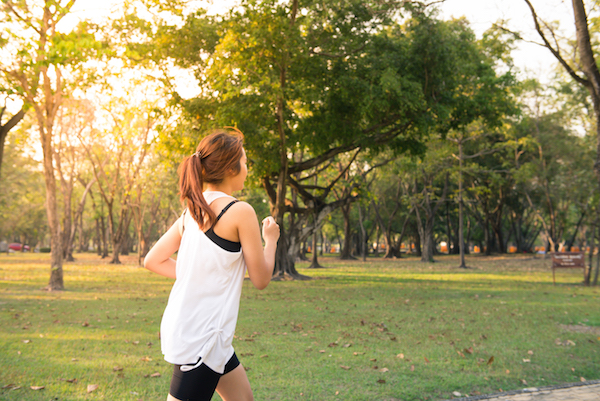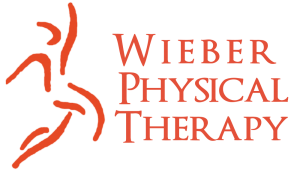
By Megan Westling, DPT, OCS, RYT
With the Twin Cities Marathon coming up in just over a month and the weather cooling down, it is the perfect season for running. Running can be a great way to improve cardiovascular health by lowering your blood pressure and resting heart rate. It also has a great effect on mental health and mood through the release of endorphins and neurotransmitters. Running is a repetitive, weight-bearing exercise, however, and can put you at risk for an overuse injury. According to one study, 50% of all sports injuries are due to overuse and one of the strongest predictors of these injuries is walking or running more than 20 miles a week. Don’t let that deter you from being active, though! Here are some thoughts on staying safe as you are working towards jogging your first mile, or hitting a new personal record in a race:
1.Strength train:
The repetitive forward propulsion motion of running can also put a strain on your joints and create muscle imbalances. Gluteals, abdominals, and hamstrings are often being overpowered. Try these exercises to improve that muscle imbalance:
· Mini-squats- keep your knees behind your toes to activate your gluts. Brace your core to limit the arch in your low back.
· Bridging- lift your hips off the ground from a bent-knees position on the floor to activate hamstrings and gluteals.
· Seated row with band- loop the band around a door handle or table leg and pull the band towards you, squeezing your shoulder blades to activate mid-back muscles and counter the often over-developed pec muscles.
2. Stretch:
It is always important to warm-up by starting at a walk or slow jog, with some time spent on active stretching. Try high knees, butt kicks, or side stepping to get your muscles activated. Then, after your run, dedicate 10 minutes or so to more prolonged, passive stretching. Try holding these gentle stretches for at least 20 seconds to get started:
· Calf stretch at the wall- bend your front leg and straighten the back one, making sure both feet are pointed forward.
· Hamstring stretch- take a seat on the edge of a chair and bring one leg straight out in front of you. Lean forward gently with a flat back.
· Quad stretch- lie on your side and tuck your tailbone as you grab for your top ankle (or use a strap if you can’t reach it).
3. Have the right shoes:
If you are planning to walk or run more than just the occasional recreational stroll, I’d recommend investing in proper footwear. There is no one “best” shoe. Your needs will depend on your body structure, stride, foot mechanics and type of running. Shoes will vary from providing more stability for flat feet to more motion for those with high arches.
4. Listen to your body:
Know the difference between fatigue and pain. It is a great feeling to work your muscles, and let’s be honest, many times running is uncomfortable because we are challenging our body. However, if you feel a pinch, twinge, deep ache that is occurring with each stride, you may need to rest. Common overuse injuries include “shin splints”- tenderness to the medial lower leg; iliotibial stress syndrome- pain to outside of the knee and lower thigh; “runner’s knee”- a dull ache to the front of the knee due to malalignment of the patellofemoral joint (kneecap).
If you have any questions about the exercises or information provided, please give our clinic a call or send me an email: megan@wieberphysicaltherapy.com. If you are having any overuse symptoms or just want to improve your running performance, I encourage you to come in and see our highly skilled team here at Wieber. We can even use our Video Gait Analysis to break down your running form and identify any muscle imbalances to improve your form and speed.

Leave a Reply
You must be logged in to post a comment.